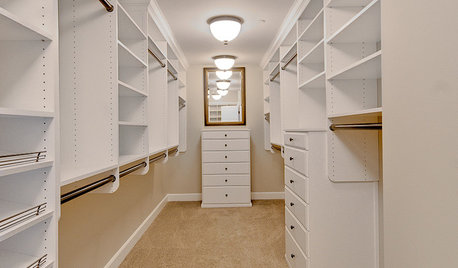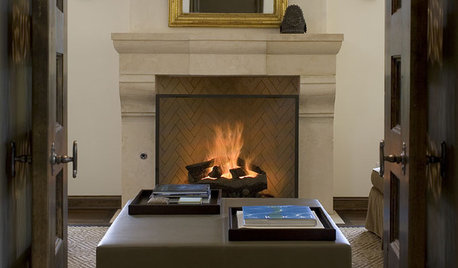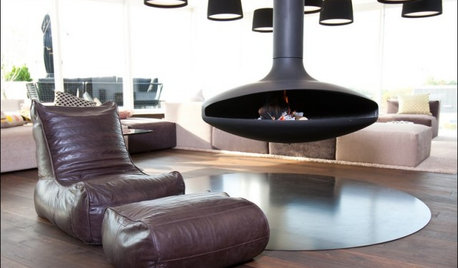Equipment drawing WAY more kwh than it is supposed to...
katedd
14 years ago
Related Stories

BUDGET DECORATING9 Tricks to Boost Your Home’s Appeal for Less Than $400
Whether you’re redecorating or just doing a quick update, check out these ways to enhance your home on a budget
Full Story
GARDENING AND LANDSCAPING10 Ways to Enjoy Your Outdoor Room More
Step up the comfiness and convenience of your porch, patio or yard to make time spent outdoors even better
Full Story
MEDIA ROOMS10 Ways to Make Your Home Theater More Awesome
Check out these ideas for bringing more tech sophistication to your media space
Full Story
MORE ROOMS12 Ways to Get More Out of Your Closet This Year
First clear it out, then fill it up again using some of these organizing tricks for your walk-in closet
Full Story
MOST POPULAR16 Ways to Get More From Your Small Backyard
Make a tight or awkward yard a real destination with these design tricks from the pros
Full Story
SMALL SPACES10 Ways to Make Your Place Feel More Spacious
Is your living room on the small or narrow side? Use these design tricks to open it up
Full Story
FIREPLACESRumford Fireplaces Are Hotter Than Ever
Higher efficiency and good looks are leading homeowners back to this 18th-century fireplace design
Full Story
SMALL HOMES28 Great Homes Smaller Than 1,000 Square Feet
See how the right layout, furniture and mind-set can lead to comfortable living in any size of home
Full Story
FURNITURE6 Decades-Old Designs That Look Better Than Ever
After getting a few nips and tucks, some favorites from the ’60s and ’70s have made a stylish comeback
Full Story
COLORBedroom Color: The Secret to More Sex and More Sleep
Look to surprising revelations about bedroom wall colors to get more of what you want
Full Story







kateddOriginal Author
kateddOriginal Author
Related Professionals
Boardman General Contractors · Country Club Hills General Contractors · Dothan General Contractors · Elgin General Contractors · Fairview General Contractors · Glenn Dale General Contractors · Hercules General Contractors · Mount Holly General Contractors · Mountain View General Contractors · Santa Maria Solar Energy Systems · Bedford Home Automation & Home Media · Centennial Home Automation & Home Media · Franklin Home Automation & Home Media · Oak Lawn Home Automation & Home Media · Woodlawn Home Automation & Home Mediahrajotte
tim45z10
brickeyee
kateddOriginal Author
tim45z10
DavidR
DavidR
brickeyee
DavidR
weedmeister
brickeyee